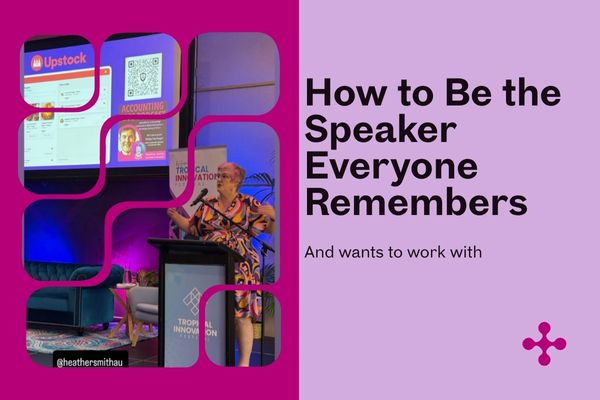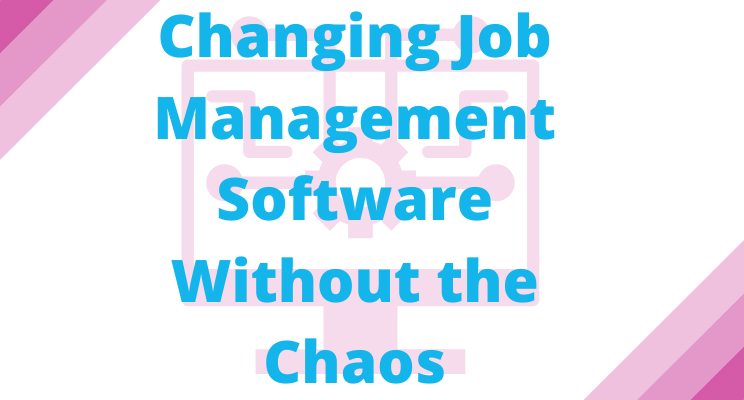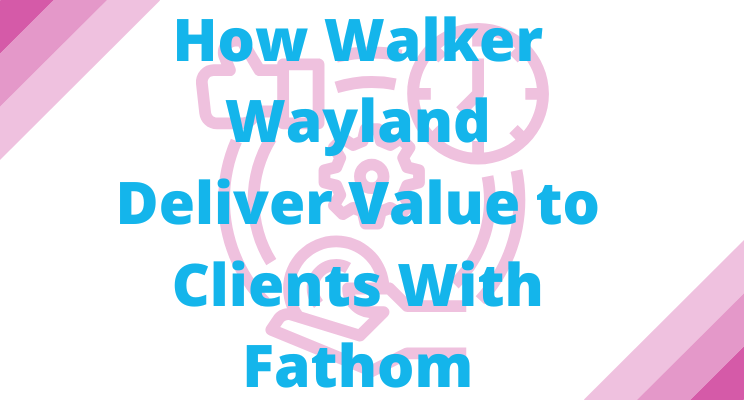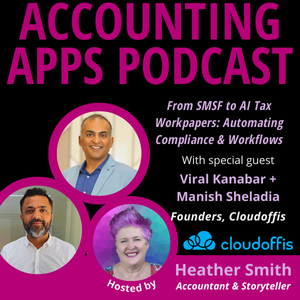It’s beneficial for small businesses to hold an annual strategy meeting. On the surface it sounds like a huge undertaking. But if you break it down –it can seem less daunting. A strategy meeting is an opportunity to take time out of the business and reflect on what’s happening in the business, to review internal and external factors on a macro and micro level. While honestly reviewing the current state of affairs, the meeting should work towards developing a plan for the future.
In practical terms the outcome of a strategy meeting will be updating the business plan. If you need help developing a business plan my book Learn Small Business Start-Up in 7 days walks you through the development of a business plan. I believe a business plan, to be effective, should not be kept in a drawer – it should evolve as the business evolves.
On the agenda of every strategy meeting should be a SWOT analysis, a review of strengths, weaknesses, opportunities and threats. One would hope that year on year, the weaknesses are minimised, and the small business has taken advantage of its strengths and opportunities. For example if it was recognised that a lot of inventory was being written off (a weakness) then the business should plan to review inventory management. This review may result in the implementation of a more robust (and hopefully cloud based!) inventory management solution.
As a small business owner – if you do identify weaknesses in your business – it’s a smart move to talk to your management accountant about them. As a business advisor we have a broad understanding of many areas of business operation, and can be a sounding board, especially when it comes to and business processes and increasing profitability.
It’s beneficial to have a number of people with diverse experience who know the business at the strategy meeting. This may include senior management, external professionals like your accountant, or even a regular customer.
If you know recognise there’s a problem in the business there are a number of ways you can come up with a solution. Personally I like Edward de Bono’s thinking tool known as Six Hats:
- In the white hat, the thinker strives to be neutral and objective, using facts and figures
- In the red hat, the thinker is allowed to express emotions and feelings without any justification
- The wearer of the black hat is cautious and careful, and identifies what may go wrong
- The yellow hat thinker strives to be positive and constructive, identifying the benefits
- In the green hat, the thinker is creative, searching laterally for alternative ideas
- And the wearer of the blue hat focuses on controlling and organising the other thinking
In practicable terms the desire to improve the business may result in:
- Competitor and consumer research
- Explore ecommerce and other revenue streams
- Modernise marketing and incorporate social media and email marketing
- Review current technology infrastructure and identify improvement’s – and it’s a review like this that may move you to explore adopting Xero as your core accounting solution – and furthermore explore the Xero-ecosystem to adopt other solutions that can automate business processes and produce timely accurate business data.
Have you reviewed the plans for your business journey this year? My book Learn Small Business Start-Up in 7 is a great place to start developing a business plan even if you have been in business for a number of years (the title is deception!). Then decide who will be at the strategy meeting, set the agenda, and spend some time setting the course of your business.
If I can help you with this – if I can help you scope the automation of your business processes – please get in touch.






